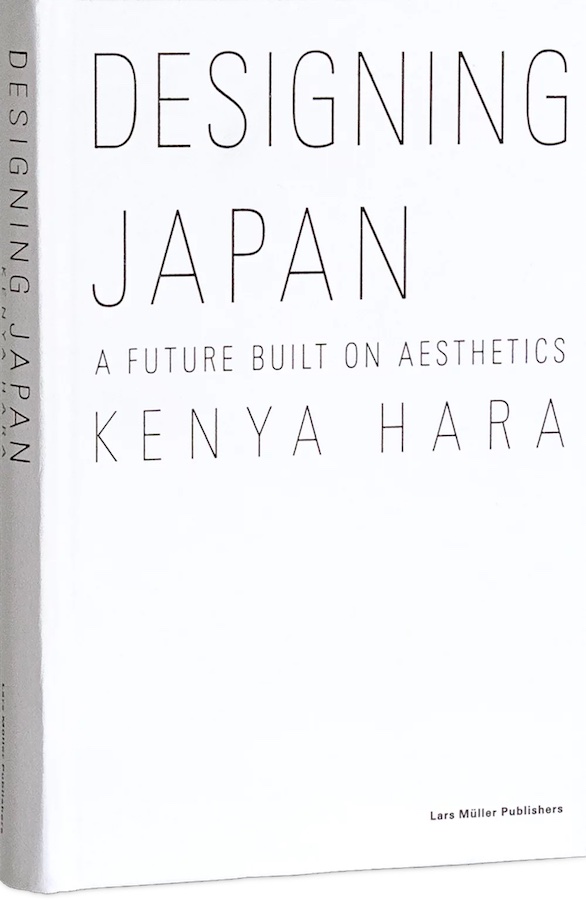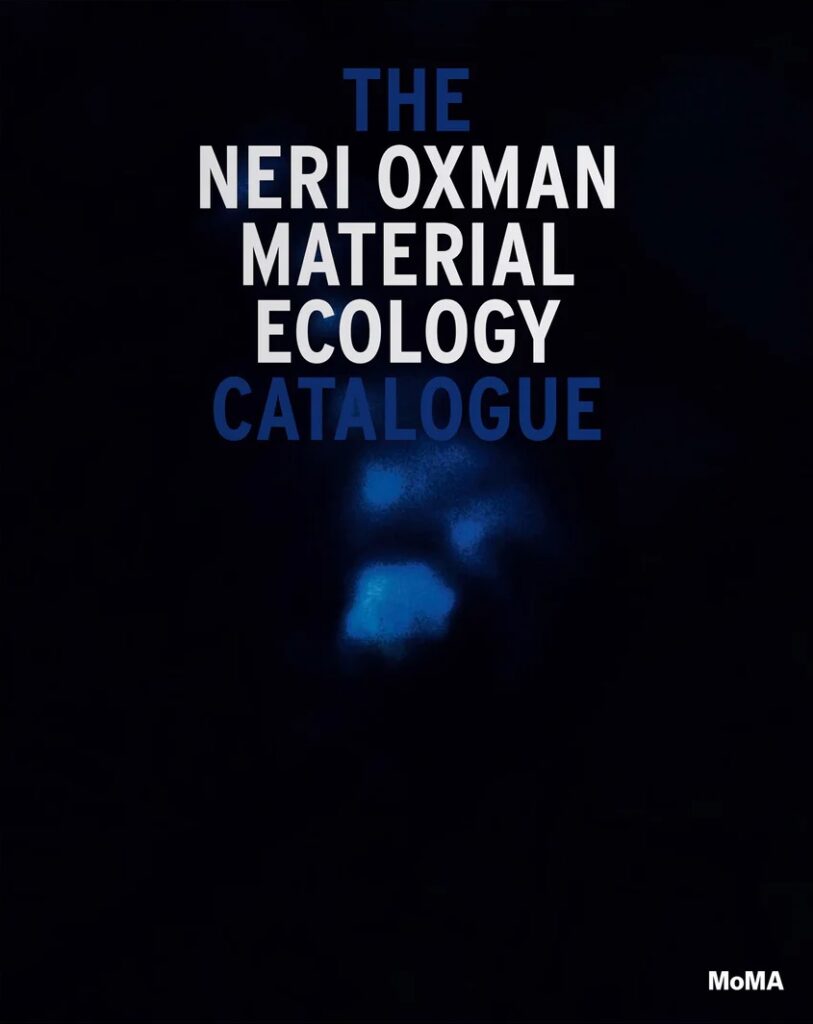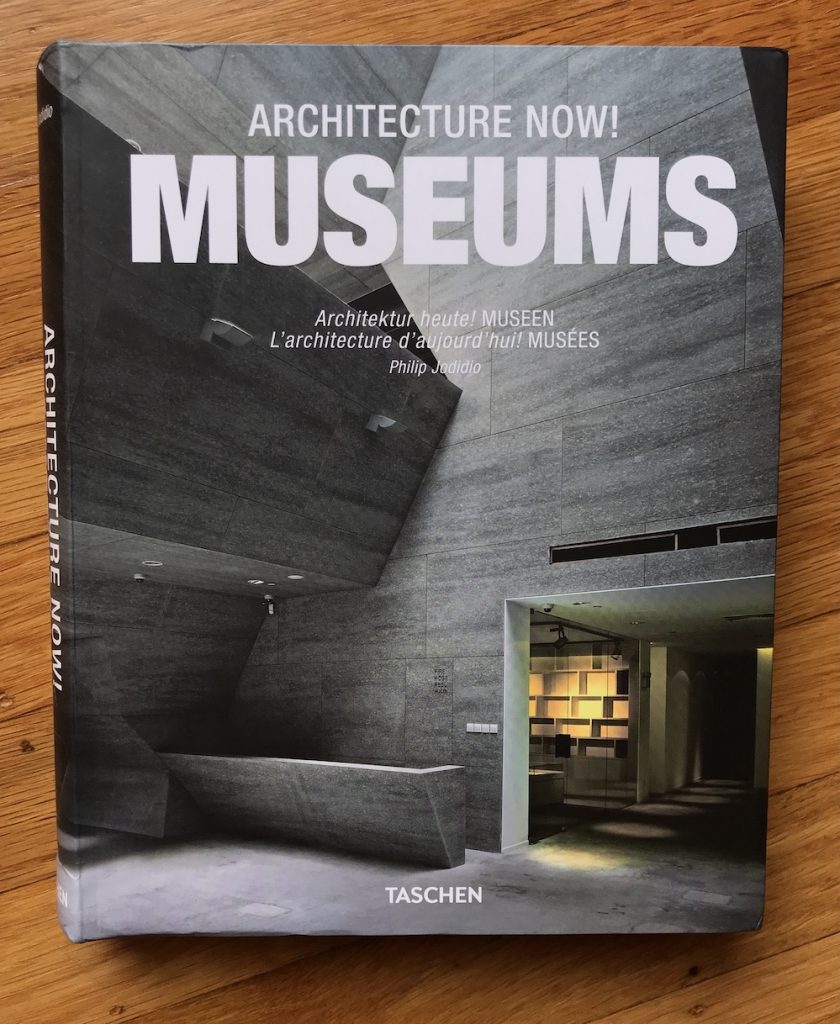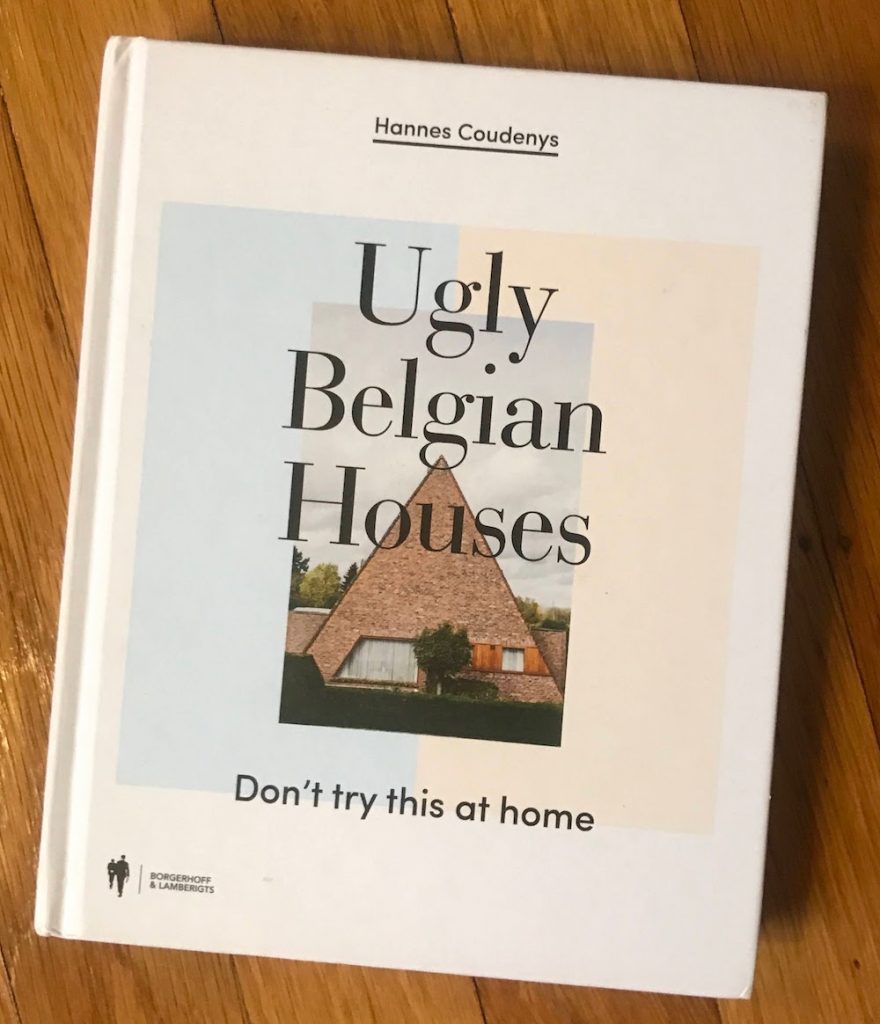
Designing Japan: A Future Built on Aesthetics
by Kenya Hara
published by Lars Müller Publishers
2019
This collection of Kenya Hara’s essays provide examples of Japanese design principles and customs, and suggests that Japan’s (and other local cultures’) values can shape unique products and experiences in ways that differentiate themselves in global marketplaces.
My copy of Hara’s book is filled with little book darts marking ideas I especially like. His optimism that design itself can inspire better decision-making and life choices is appealing. I find the idea that our lives are so crowded with objects that we can’t see and appreciate them individually feels fair. (I feel that the near-minimalist ideal this implies has been superficially transformed here into a different sort of materialism, seen in the vast spaces spotlighting curated “conversation pieces” within the enormous homes of the rich.) Hara’s planning and execution of exhibitions is interesting to read about, and his suggestion that novel demographic changes likely have design solutions is intriguing. His examples of rural support with mobile infrastructure is a lovely example of very democratic, well-designed approach.
Hara has numerous timely insights, such as on the decluttering fad: the problem isn’t just with the individual who has accumulated useless things. “It is not jettisoning the object that is mottenai (shameful waste), but rather the series of efforts conceived and executed with the goal of manufacturing a useless object destined for disposal.” YES YES YES!
I am tempted to delicately reword comments about historic Japanese sensibilities being “diluted” by external influences, due to my sensitivities toward current American xenophobic euphemisms. External influences can be dire, (I write here in the language of people who enslaved many of my ancestors, so I have feelings on this topic), but external influences CAN also bring ideas that can be transformed by the culture that consumes and reworks them. Japan has produced great innovations, including innovations on technologies that originated elsewhere. I fully acknowledge that industrialization (which I don’t conceptualize as a cultural product) specifically has proven both beneficial in raising basic living standards AND highly problematic in environmental impacts.
This is a thoughtful collection. I enjoyed the clarity of the language used, and the mix of theoretical discussions with specific examples of how these theories have been communicated for international exhibit audiences.




